A treasure of pure gold dating from the Iron Age has been discovered by a Danish amateur metal detector.
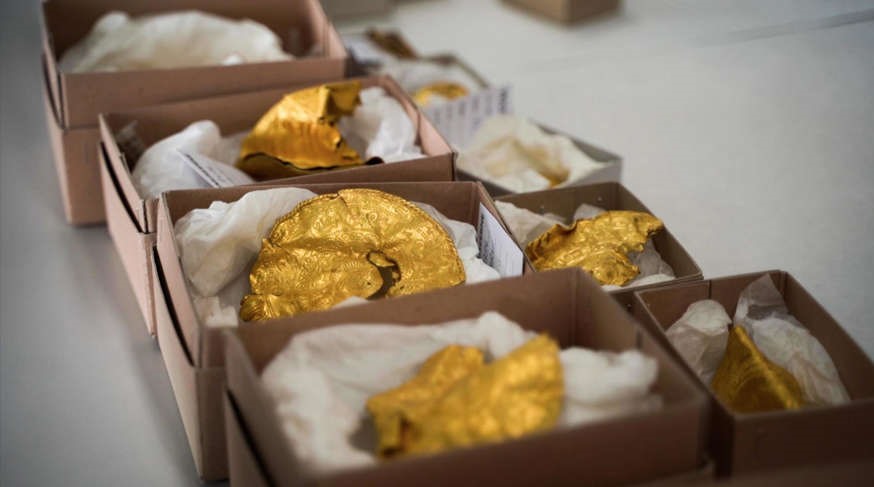
According to a press release from the Vejlemuseerne museum of Denmark, which displays a treasure trove of newly discovered precious artifacts, among the unearthed are nearly 1kg of pure gold artifacts that were buried 1,500 years ago.
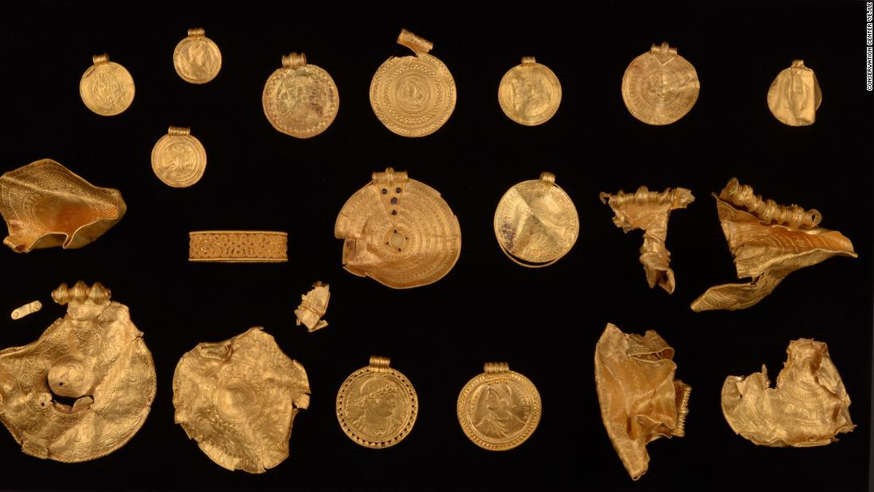
The museum describes it as “by far one of the largest, richest and most beautiful gold treasures in Danish history”, discovered in Vindelev by rookie scout Ole Ginnerup Schytz, near the town of Jelling, Central Denmark.
The head of the research department at the Vejlemuseerne museum, Mads Ravn, said he was surprised when he received the photo of the precious artifacts from Schytz.
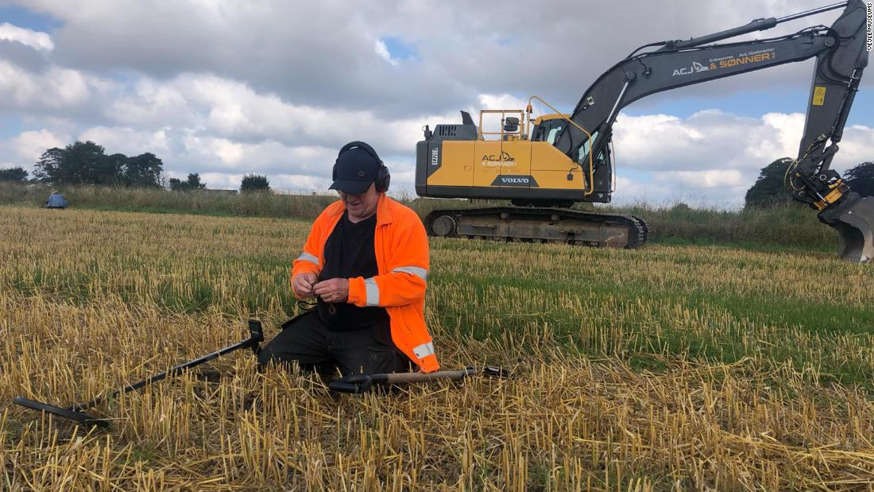
Schytz recently purchased a metal detector, and within hours of starting his search on a friend’s land, he discovered the treasure.
Archaeologists from the Vejlemuseerne museum, in collaboration with National Museum colleagues, continue to excavate the site and reveal “giant medallions the size of plates”.

The museum adds that the artifacts were buried in a longhouse by an Iron Age chief.
In the 6th century, the chieftain attracted skilled craftsmen to the area, and later buried a large gold deposit. Although it is not clear exactly why the gold was buried, researcher Ravn believes it is an offering to the gods.
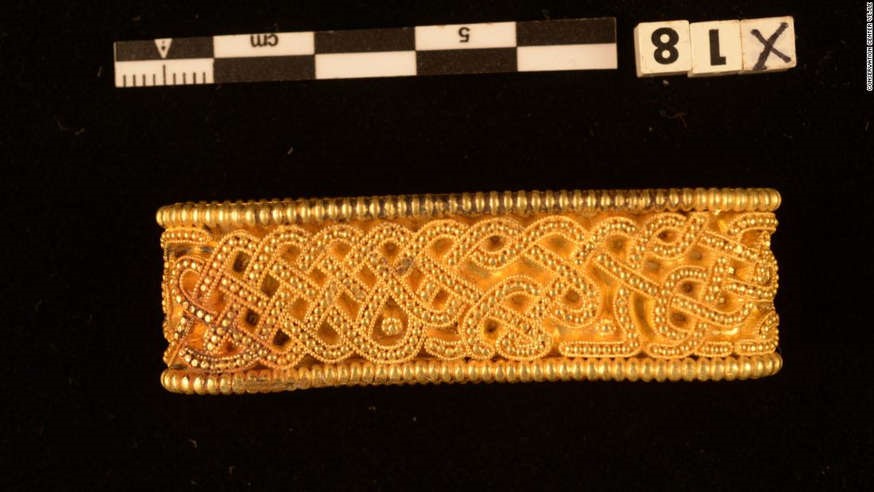
Some experts believe that the gold was buried for hiding during the war. Ravn refutes this, arguing that the combination of artifacts suggests it is more likely an offering – with large medallions decorated with ornaments and Roman coins crafted into jewelry.
The wealth represented by the large amount of gold showed that the Vindelev area was a center of power at the time. Museum researcher Ravnt of Vejlemuseerne explains: “Only members of the highest class of society can collect a treasure as precious as the one found here.”
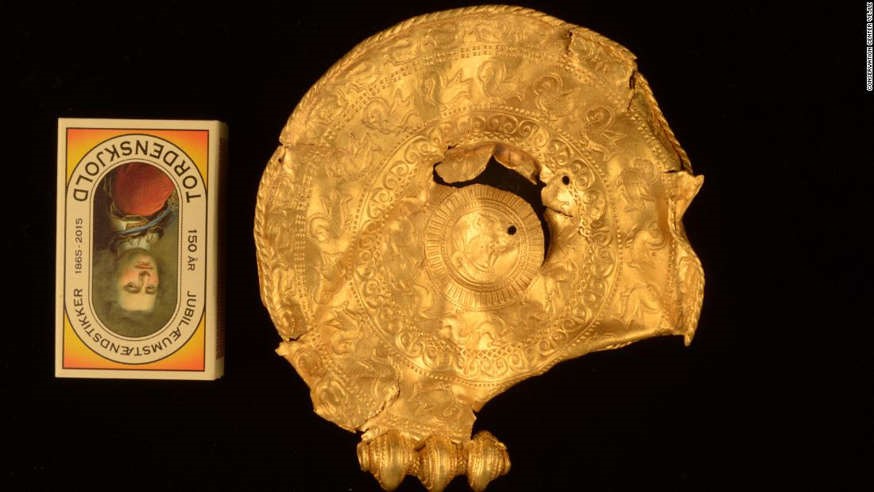
Researchers suspect that a climate crisis, caused by a volcanic eruption in AD 536, may have led to the burial of these artifacts. Volcanoes released clouds of ash, famine occurred, and gold ornaments were used as offerings to the gods.
The collection of newly unearthed gold artefacts is expected to be exhibited at the Vejlemuseerne museum in early 2022, then continued on display at the National Museum.